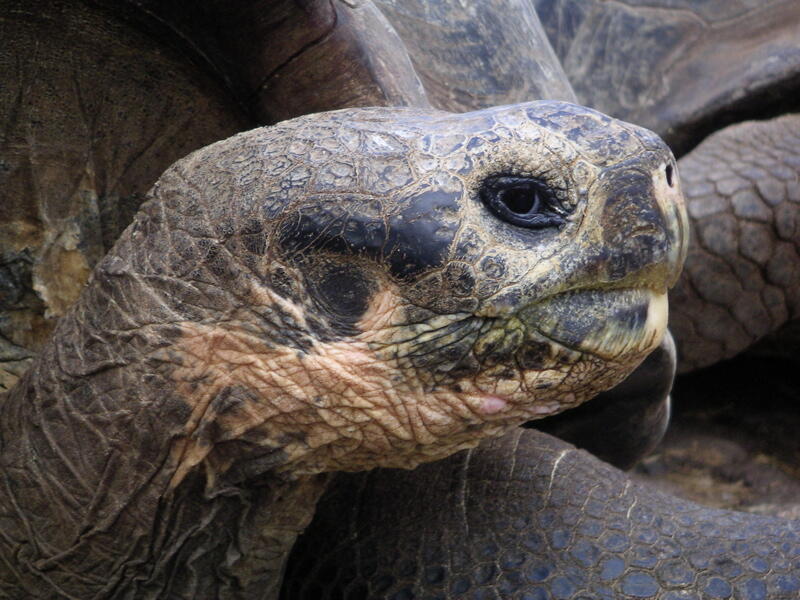Lonesome George
September 19, 2014 — January 4, 2015

Photo courtesy of Zachary Grinspan
Lonesome George is presented in collaboration with the Galapagos National Park Directorate and Galapagos Conservancy.